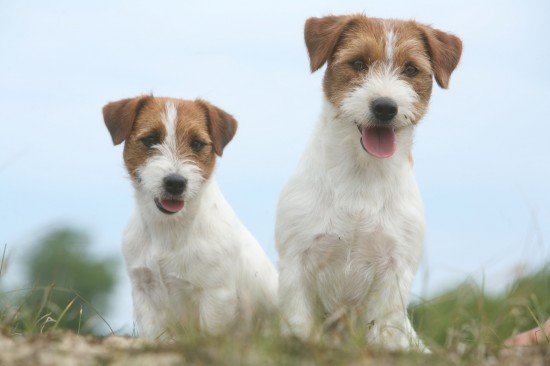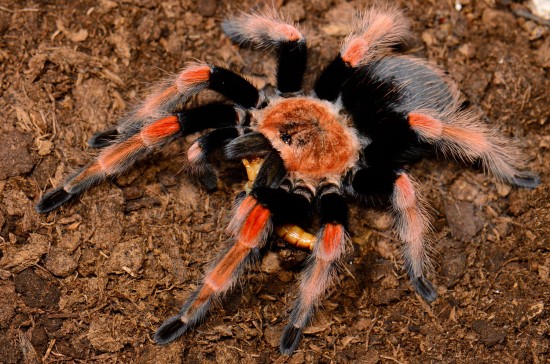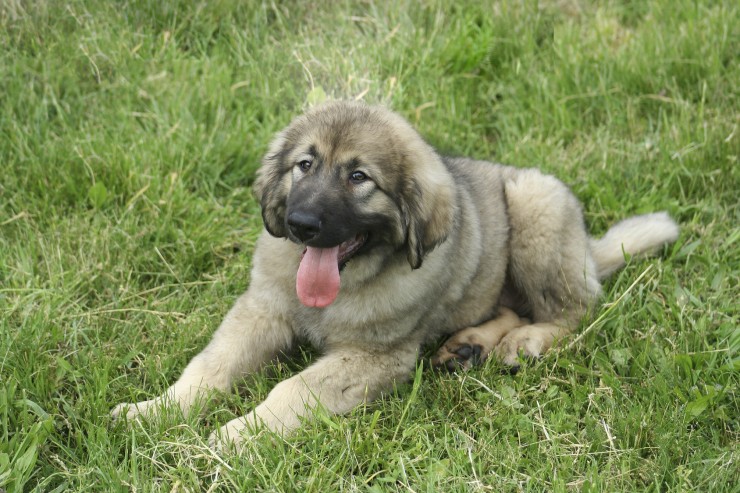

If you own horses, or if you’ve spent any time around them, then you won’t have failed to have heard of the dreaded ragwort. These native wild flowers, which are poisonous to many grazing animals, flourish in the dry, open spaces of Northern Eurasia and in the UK provide much-needed habitat for many species of insect; some of which, like the Picture Winged Fly and various species of micro moth, feed only on ragwort and are recognised as Nationally Scarce. This ecological importance means that in the UK, there are no laws in place that control the growing of ragwort, only the spread.
This tall, hardy plant is known by many names, including St John’s Wort, Benweed, Tansy Ragwort, Dog Standard, Cankerwort and interestingly it is sometimes also called Mare’s Fart.
Ragwort is usually a biennial plant, but can develop perennial characteristics if the growing conditions allow; for example if the area is excessively grazed or mowed. It is a very tall, erect plant with tough, bare stems that can grow as high as 30cm – 200cm. The leaves display many blunt lobes and give off a distinct aroma which is quite unpleasant. The flowers are small (1.5cm – 2.5cm) and form large, flat-topped clusters, or corymbs, at the top of the plant and the exceptionally long period in flower in the UK usually lasts from Mid Summer to late autumn.
Pollination is facilitated by flying insects, namely bees, butterflies, moths and flies and during a growing season a single plant could make 2,000 – 2,500 flower heads in 20 - 60 corymbs, which themselves could produce 70,000 – 120,000 seeds. Research has shown however, that many of these seeds will never become mature plants and seeds don’t end up far from the mature plant.
Ragwort is commonly seen in the UK growing along roadsides and on waste ground. It can also be seen in fields where good pasture management is not in place. In Europe ragwort grows from Scandinavia right down to Spain and it’s also been introduced to the US, where it can be seen mainly in Northern states including California, Idaho, Maine, Massachusetts, New Jersey and New York.
In Australia the plant is considered a dangerous weed and landowners how have the plant growing on their property must destroy it or face the full force of the law.
Because ragwort contains many different alkaloids (chemical compounds that occur naturally in many plants, animals, bacteria and fungi), it is poisonous to animals. Although documented cases of ragwort poisoning are rare, it is known that if enough is eaten over a long period of time, irreversible cirrhosis of the liver can occur.
Under normal circumstances horses will not eat fresh ragwort due to its offensive odour and bitter taste; however it becomes a danger when it grows in fields where grass is taken to make hay. When dried, the plant will be readily consumed by horses and cattle so care must be taken when purchasing or cutting hay. Grazing animals will consume ragwort when there is no other food, while sheep will enjoy a small quantity. They do suffer the same effects as horses and cattle, but at a much-reduced rate.
Signs that an animal is suffering from ragwort poisoning include yellowing of the mucus membranes, loss of co ordination and lethargy.
The toxin in ragwort has a cumulative effect so symptoms may take a while to become apparent. While the alkaloid doesn’t actually deposit in the liver itself, the results of the breakdown of the alkaloids can damage DNA and kill cells. It is thought that if somewhere in the region of 3% - 7% of the body weight of the horse is fed in ragwort, this would prove fatal. The effect small amounts of ingested ragwort are mitigated somewhat by the action of the bacteria naturally present within the gut. There is no cure for ragwort poisoning; however there are some documented cases of animals making a full recovery once consumption has been stopped.
In Britain, common ragwort is listed as a weed and is one of five plants listed as injurious under the provision of the 1959 Weeds Act. This classification means that the law currently views ragwort as harmful to agriculture, not as a danger to animals. Under the terms of the act, any landowner with ragwort can be asked to control the spread of the plant, but growing the plant is not illegal and there are no statutory controls placed on landowners to prevent the spread of the plant.
Although the authorities recognise the threat posed by ragwort, its importance as a habitat for a number of rare insect species cannot be underestimated. In Britain, ragwort provides food and shelter for 77 species and 30 of these use the plant as their only food source, while a further 22 species use the plant for food. English Nature has also identified another 117 species that rely on ragwort for nectar.
As already mentioned, there are 30 types of insect that eat ragwort exclusively; seven varieties are given the label ‘Nationally Scarce’ and another three are included on the International Union for the Conservation of Nature Red List. This means that 10 rare or threatened species rely on ragwort as their primary food source. These species comprise the Picture Winged Fly, the Sussex Emerald micro moth and the Scarse Clouded Knot Horn micro moth. Other ragwort-reliant species are three kinds of leaf beetle, a further Picture-Winged fly and another three types of micro moths. Perhaps the best known ragwort lover - the Cinnabar moth - is described as widespread but declining rapidly.
Because the plant is so attractive and so important to a large number of native fauna, it is clear that ragwort forms an important part of our indigenous flora and as such, will probably never be eradicated completely.
 How To Keep Your Guinea Pig Healthy And Fit
How To Keep Your
How To Keep Your Guinea Pig Healthy And Fit
How To Keep Your
 Pair Bonded Dogs And What This Means
Pair Bonded Dogs
Pair Bonded Dogs And What This Means
Pair Bonded Dogs
 Common Questions And Misconceptions About Tarantulas
Common Questions
Common Questions And Misconceptions About Tarantulas
Common Questions
 Longhaired Cat Breeds - Ten Of The Most Popular
Longhaired Cat Br
Longhaired Cat Breeds - Ten Of The Most Popular
Longhaired Cat Br
 More About The Charming And Loyal Carpathian Sheepdog
More About The Ch
More About The Charming And Loyal Carpathian Sheepdog
More About The Ch
Copyright © 2005-2016 Pet Information All Rights Reserved
Contact us: www162date@outlook.com